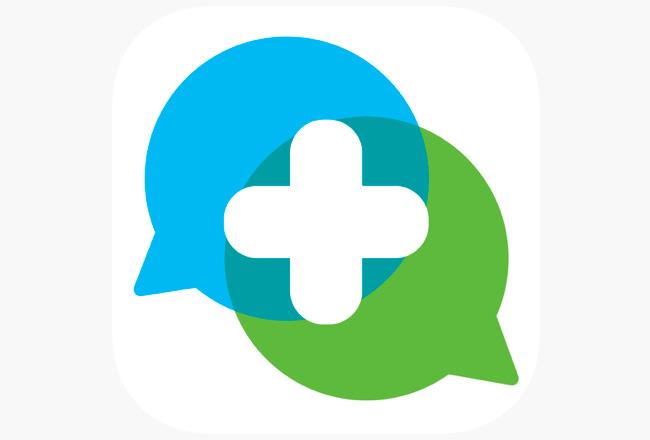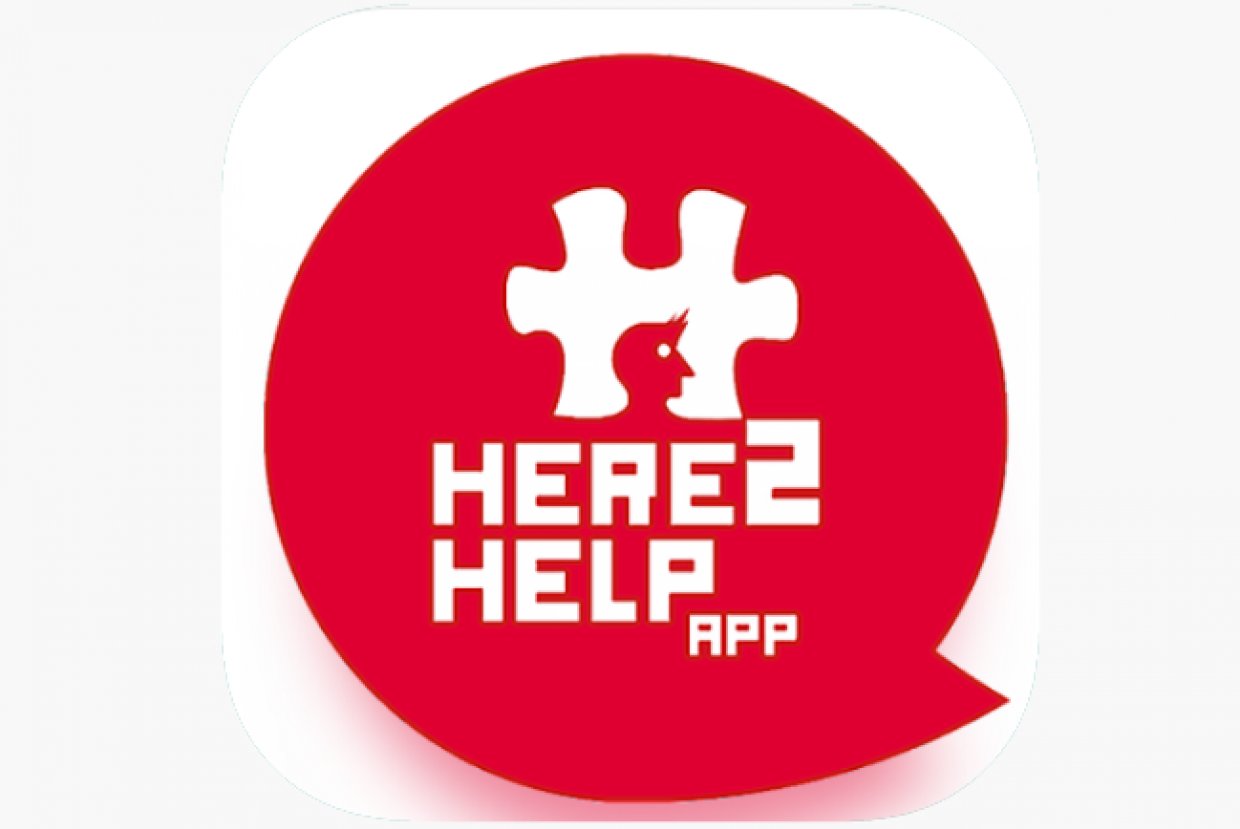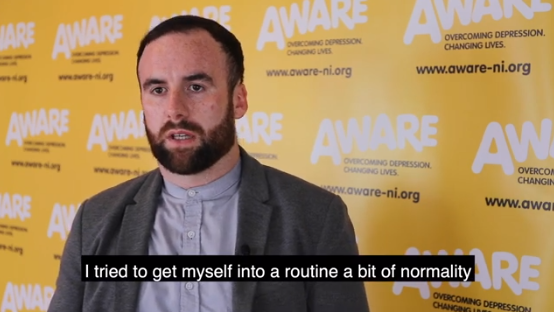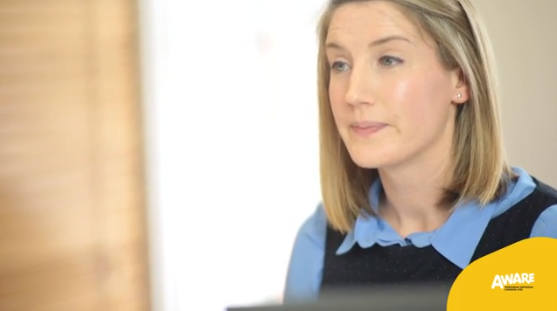PTSD Treatment
The main treatments for post-traumatic stress disorder (PTSD) are talking therapies and medicine. Traumatic events can be very difficult to come to terms with, but confronting your feelings and getting professional help is often the only way of effectively treating PTSD. It's possible for PTSD to be successfully treated many years after the traumatic event or events occurred, which means it's never too late to get help.
Assessment
Before having treatment for PTSD, a detailed assessment of your symptoms will be carried out to ensure treatment is tailored to your individual needs. This may be carried out by a GP or specialist.
You can see a GP to start on this process, or you can refer yourself for assessment to a talking therapy service. You're likely to be offered treatment if you've had symptoms of PTSD for more than 4 weeks or your symptoms are severe.
There are a number of mental health specialists you may see if you have PTSD, such as a psychological therapist, psychologist, community psychiatric nurse or psychiatrist.
Active monitoring
If you have mild symptoms of PTSD, or you've had symptoms for less than 4 weeks, an approach called active monitoring may be recommended.
Active monitoring involves carefully monitoring your symptoms to see whether they improve or get worse.
It's sometimes recommended because 2 in every 3 people who develop problems after a traumatic experience get better within a few weeks without treatment. If active monitoring is recommended, you should have a follow-up appointment within 1 month.
Talking therapies
If you have PTSD that requires treatment, talking therapies are usually recommended first. A combination of a talking therapy and medicine may be recommended if you have severe or persistent PTSD. A GP can refer you to an NHS talking therapies service or, in some cases, a specialist clinic.
You can also refer yourself directly to an NHS talking therapies service without a referral from a GP.
There are 3 main types of talking therapies used to treat people with PTSD.
Cognitive behavioural therapy (CBT)
Cognitive behavioural therapy (CBT) is a type of talking therapy that aims to help you manage problems by changing how you think and act.
Trauma-focused CBT uses a range of psychological techniques to help you come to terms with the traumatic event.
For example, your therapist may ask you to face your traumatic memories by describing aspects of your experience in detail.
During this process, your therapist helps you cope with any distress you feel while identifying any beliefs you have about the experience that may be unhelpful.
Your therapist can help you gain control of your fear and distress by reviewing with you any conclusions you have drawn about your experience (for example, feeling you're to blame for what happened, or fear that it may happen again).
You may also be encouraged to gradually restart any activities you have avoided since your experience, such as driving a car if you had an accident.
You'll usually have 8 to 12 weekly sessions of trauma-focused CBT, although fewer may be needed. Sessions usually last for around 60 to 90 minutes.
Eye movement desensitisation and reprocessing (EMDR)
Eye movement desensitisation and reprocessing (EMDR) is a psychological treatment that's been found to reduce the symptoms of PTSD. It involves recalling the traumatic incident in detail while making eye movements, usually by following the movement of your therapist's finger.
Support and advice
There are a number of charities that provide peer support and advice for PTSD.
For example:
- Combat Stress – a military charity specialising in helping ex-servicemen and women
- Rape Crisis – a UK charity providing a range of services for women and girls who have experienced abuse, domestic violence and sexual assault
- Victim Support – providing support and information to victims or witnesses of crime
- CRUSE – a UK charity providing support and information for people who have experienced bereavement
Medicine
The 2 medicines recommended to treat PTSD in adults are paroxetine and sertraline.
Paroxetine and sertraline are both a type of antidepressant known as selective serotonin reuptake inhibitors (SSRIs).
These medicines will only be used if:
- you choose not to have trauma-focused psychological treatment
- psychological treatment would not be effective because there's an ongoing threat of further trauma (such as domestic violence)
- you have gained little or no benefit from a course of trauma-focused psychological treatment
- you have an underlying medical condition, such as severe depression, that significantly affects your ability to benefit from psychological treatment
Sometimes other antidepressants, such as venlafaxine, may be prescribed, but they are not licensed to treat PTSD.
These medicines are not usually prescribed for people younger than 18 unless recommended by a specialist.
If medicine for PTSD is effective, it'll usually be continued for a minimum of 12 months before being gradually withdrawn over the course of 4 weeks or longer.
If a medicine is not effective at reducing your symptoms, your dosage may be increased.
Before prescribing a medicine, your doctor should inform you about possible side effects you may have while taking it, along with any possible withdrawal symptoms when the medicine is withdrawn.
For example, common side effects of paroxetine include feeling sick, blurred vision, constipation and diarrhoea.
Possible withdrawal symptoms associated with paroxetine include sleep disturbances, intense dreams, anxiety and irritability.
Withdrawal symptoms are less likely if the medicine is reduced slowly.
Children and young people
Trauma-focused CBT is usually recommended for children and young people with PTSD.
This normally involves a course of 6 to 12 sessions that have been adapted to suit the child's age, circumstances and level of development.
Where appropriate, treatment includes consulting with and involving the child's family.
Children who do not respond to trauma-focused CBT may be offered EMDR.
PTSD and driving
Post-traumatic stress disorder (PTSD) may affect your ability to drive safely. Ask your GP whether you should inform the Driver and Vehicle Licensing Agency (DVLA) about your condition.
















































































